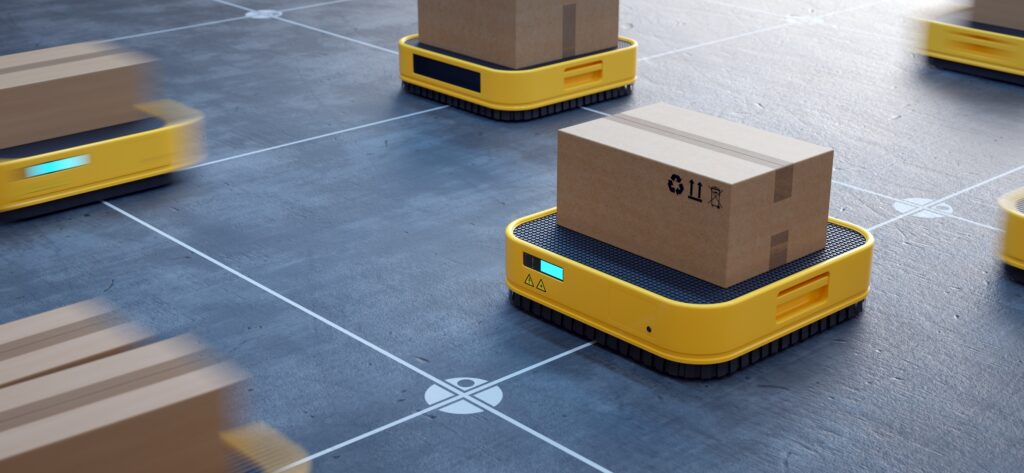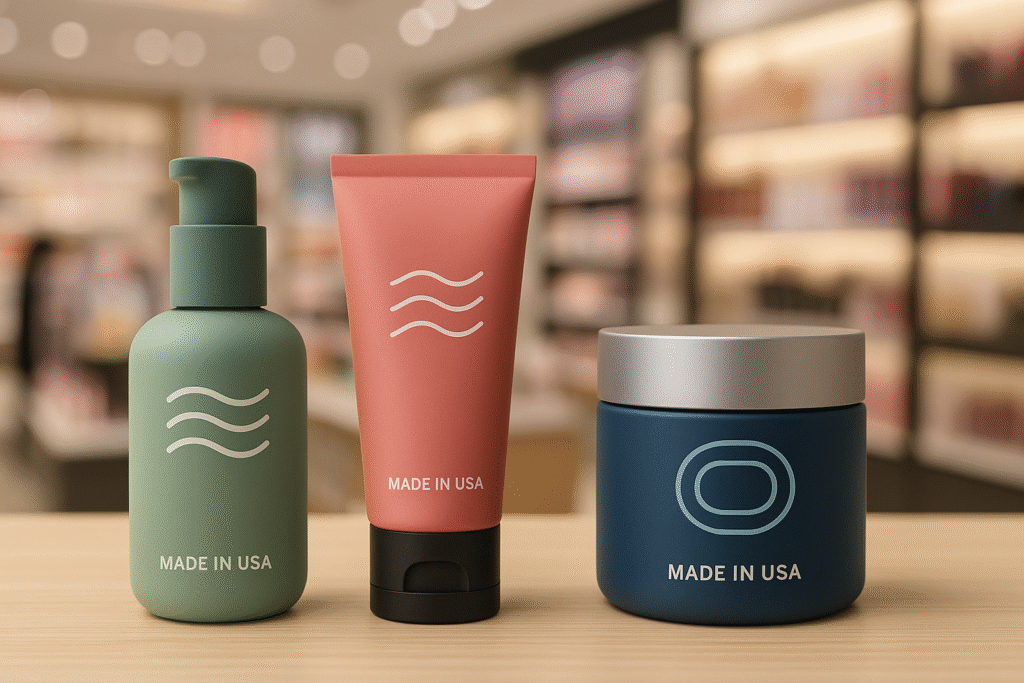Nearshore News: Trade Talks Restart, Tariff-Driven Price Hikes, Holiday Retail Scramble, and AI-Driven Logistics

The U.S. and China have agreed to resume negotiations following a call between Presidents Trump and Xi—offering a glimmer of stability amid widespread uncertainty. But on the ground, businesses aren’t waiting: new data shows most companies are already raising prices due to tariffs, while fashion and retail brands scramble to prepare for a volatile holiday season. Meanwhile, Amazon’s latest wave of AI upgrades hints at how logistics players are using innovation to adapt and stay ahead.
Nearshore News Summary:
- U.S. and China will resume trade talks after a “very positive” call between the two presidents. (Associated Press)
- New data: about 77% of service firms and 75% of manufacturers that faced higher costs due to tariffs have raised prices. More than 30% of manufacturers and 45% of service firms passed on the full cost to consumers. (CNBC)
- Fashion and retail companies are scrambling to plan for the holiday season amid uncertainty, expecting the biggest tariff-related impact during back-to-school and Q4. (Vogue Business)
- Amazon unveiled a wave of AI-driven upgrades aiming to improve warehouse efficiency, enhance delivery maps, and better predict product demand (Reuters)
Trump Says After Xi Call That US and China Will Resume Trade Talks
Published: June 5, 2025
Source: Associated Press
President Trump and Chinese President Xi Jinping resumed direct contact, holding a “very positive” call that will lead to renewed trade negotiations between the U.S. and China. While the call paused escalating tensions, no major breakthroughs were made, and core trade issues remain unresolved.
Key points:
- U.S. and China to Resume Trade Talks: Trump and Xi’s hour-and-a-half phone call has led to a restart in trade negotiations, with Treasury Secretary Scott Bessent, Commerce Secretary Howard Lutnick, and U.S. Trade Representative Jamieson Greer representing the U.S.
- Xi Emphasizes Principles and Commitments: During the call, President Xi Jinping expressed sincerity about negotiations but underscored that China “has its principles” and always honors commitments, according to China’s foreign ministry.
- Core Tensions Remain Unresolved: Analysts note that the call only paused escalation; major issues like restrictions on rare earth exports, advanced chip sales, and student visa limitations remain in dispute.
- Broader Strategic Goals Diverge: Trump aims to reduce U.S. reliance on Chinese manufacturing, while China is focused on advancing in strategic sectors like EVs and AI—reflecting deeper economic competition.
Most companies are already raising prices or plan to because of tariffs, data shows
Published: June 4, 2025
Source: CNBC
New data from the New York Federal Reserve and other sources show that most U.S. companies are raising prices in response to President Trump’s tariffs, passing higher costs on to consumers despite pressure from the administration to absorb them. Behind closed doors, executives are expressing deep concern about the chaos and uncertainty caused by the shifting trade policy landscape.
Key points:
- Most companies are passing on tariff costs: about 77% of service firms that saw increased costs due to higher tariffs and 75% of manufacturers reported raising prices, with a significant portion (more than 30% of manufacturers and roughly 45% of service firms) passing on the full cost to consumers.
- Price hikes occurred quickly: More than one-third of companies raised prices within a week of experiencing increased costs from tariffs.
- CEOs quietly express concern: Executives are carefully managing public messaging to avoid political fallout, but anonymous surveys show that many view the trade policy as chaotic and highly disruptive.
- Broader business uncertainty is rising: Surveys by the Institute for Supply Management highlight delays in purchasing decisions and confusion over which duties apply, leading to stalled strategic planning.
- A critical July 9 deadline looms: With suspended tariffs possibly returning in July, companies are scrambling to prepare.
Will tariffs derail the holiday shopping season?
Published: June 5, 2025
Source: Vogue Business
As U.S. tariff deadlines loom, fashion and retail companies are scrambling to plan for the holiday season amid significant uncertainty. With court challenges, shifting deadlines, and ongoing trade negotiations, brands are hedging their bets through sourcing diversification, cautious inventory planning, and scenario-based forecasting—all while managing cost pressures and trying to maintain consumer confidence.
Key points:
- Brands brace for tariff impact in Q3 and Q4: Companies expect the biggest financial hit from tariffs during back-to-school and holiday seasons, prompting delayed and more flexible planning.
- Scenario planning becomes standard: To deal with evolving trade rules, many brands are creating multiple financial models, stretching resources and delaying final decision-making.
- Consumer behavior remains a wild card: While companies anticipate higher costs, many—including Macy’s—are resisting widespread price hikes, betting that value will be key to winning over cautious shoppers in the back half of 2025.
- Sourcing shifts and mitigation efforts underway: Brands like American Eagle and Warby Parker are cutting reliance on China, renegotiating supplier contracts, and raising select prices to offset costs.
Amazon's Delivery, Logistics Get an AI Boost
Published: June 5, 2025
Source: Reuters
Amazon unveiled a wave of AI-driven upgrades across its logistics and delivery operations, aiming to improve warehouse efficiency, enhance delivery maps, and better predict product demand. The company is investing in agentic AI and generative mapping tools to streamline fulfillment, reduce carbon emissions, and speed up delivery.
Key points:
- Smarter Warehouse Robots with Agentic AI: Amazon is developing multi-tasking warehouse robots using agentic AI, capable of unloading trailers, retrieving parts, and responding to natural language commands—moving beyond single-function bots.
- Enhanced Delivery Maps for Drivers: Using generative AI, Amazon is creating detailed delivery maps that help drivers navigate complex locations like office parks and apartment complexes, with the goal of improving last-mile delivery accuracy.
- Eyeglasses for Hands-Free Navigation: Amazon publicly acknowledged its smart eyeglasses project for drivers, integrating GPS-style directions via embedded screens—though the hardware is still in development.
- AI-Powered Demand Forecasting: To optimize same-day delivery, Amazon is using AI to predict regional product demand by analyzing price, weather, convenience, and local sales events, improving inventory allocation.
- Focus on Efficiency and Sustainability: Amazon says its AI innovations will cut down on delivery times, minimize waste, and help reduce carbon emissions—particularly important during high-volume seasons like the holidays.
More blogs


